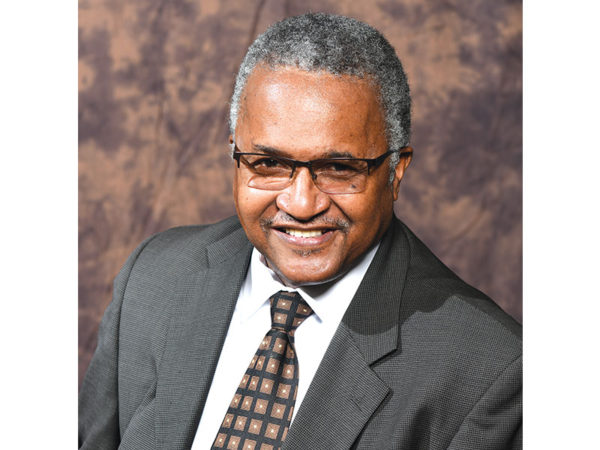When it comes to the Black community, Mayor Oliver Friday Ellis could easily be described as the invisible man.
The Monroe Black community has always enjoyed the presence of elected officials at prominent events, conventions, and significant moments. For over a half-century, that has been an expectation among the Black electorate; Mayor Ellis is the one exception.
In 2020, Candidate Ellis was highly visible in the Black community as he sought to portray himself as a new brand of politician that was hands-on and accessible. We saw him walking the neighborhoods, lending assistance after storms, and delivering water and food to storm victims.
Many in the Black community mumbled at the lack of respect the city showed upon the death of Abe E. Pierce, III, the city’s first elected black mayor, in 2021. With the exception of former Chief Jimmie Bryant, there was an absence of City leaders present for Mayor Pierce’s funeral, which was held at the Monroe Civic Center. Mayor Ellis, nor any of his top lieutenants, attended what was obviously a historic moment.
Since the 1960s, the mayor of the City has always attended the funeral services of pastors and black community leaders. It’s a tradition that ended with the Ellis Administration.
Traditionally, the mayor of the City attends the major celebrations in the Black community, such as church anniversaries, The King Foundation’s MLK program, Black History Programs, and civic events. Mayor Ellis did have a float in the Black History Parade. However, his was a notable absence in the Juneteenth Parades and church anniversaries.
Last week, the mayor or his appointee was a notable absence when the NAACP hosted its Freedom Fund Banquet, which drew the presence of a host of elected officials, including the U.S. Attorney for the West District and visitors from as far away as Jackson, Mississippi. The welcome to the city had to be given by Gerald Brown, mayor of Richwood.
The mayor met with about 40 Black ministers at the Mt. Zion Baptist Church after the murder of Timothy Williams. He promised to release all videos of the incident after the investigations were complete. Three years later, only one video has been released, and he has not held another meeting with Black leaders since.
The mayor spent a whole year fighting the Southside Economic Development District’s leaders, but he never attended a single meeting of SEDD in person to meet with the community and hear for himself.
The mayor does host meetings with black personalities, but usually those of his choosing in locations he controls.
He has very thin skin, so he avoids meetings that he cannot control the outcome.
That’s a contrast to W.L. Howard, who met with black leaders in churches and recreation centers, even when emotions were high.
Mayor Ralph Troy was a familiar face in Black political circles, even when he was being challenged.
Mayor Robert Bob Powell attended NAACP meetings and responded to invitations to appear at Black community forums. Powell was often berated, ridiculed, and criticized, but he was praised for being accessible. On Election Day, he always carried the Black community.
Mayor Melvin Rambin served only one year but kept lines of communication open with Black leaders. Even when he was sick, he maintained phone contact with black leaders, most of whom opposed him. He won their respect.
Mayors Pierce and Mayo were not immune from sharp criticism, but neither of them snubbed or ignored the black community as Mayor Ellis has.
A look at the city of Monroe’s Facebook page tells the story. It is filled with photos of the mayor attending functions that he organized or were organized by groups in the white community.
The mayor is not a racist by any means, but he has a lot to learn about being the mayor of all the people.
Since most African-American voters are not social media buffs, they don’t see the city’s activities on Facebook.
What they do know is that, as far as the black community is concerned, Mayor Ellis is the invisible man.


